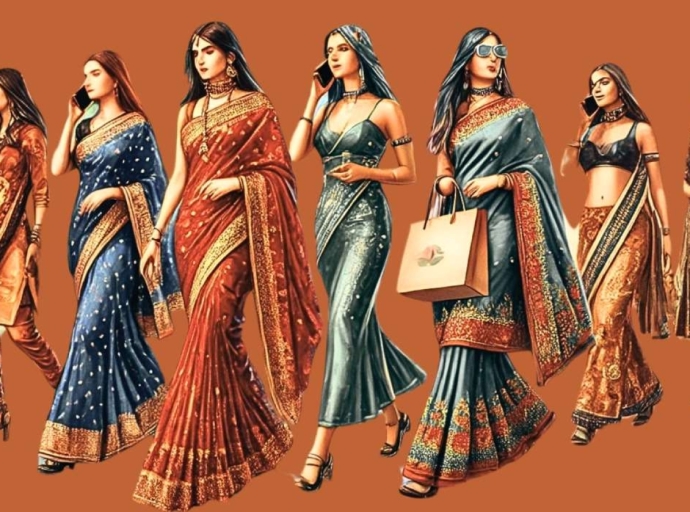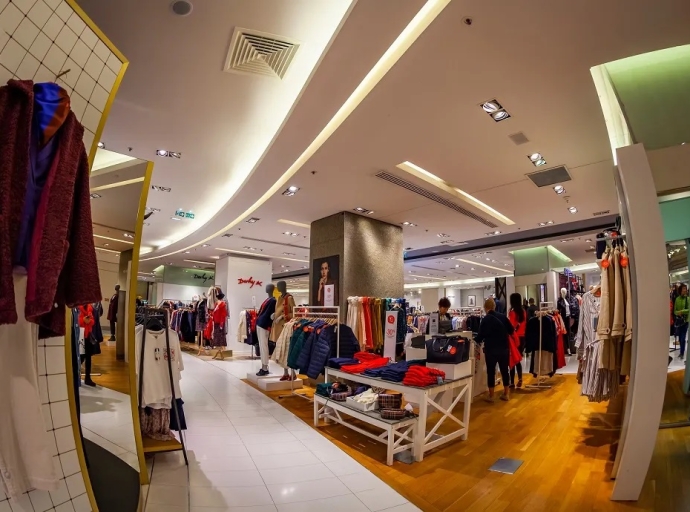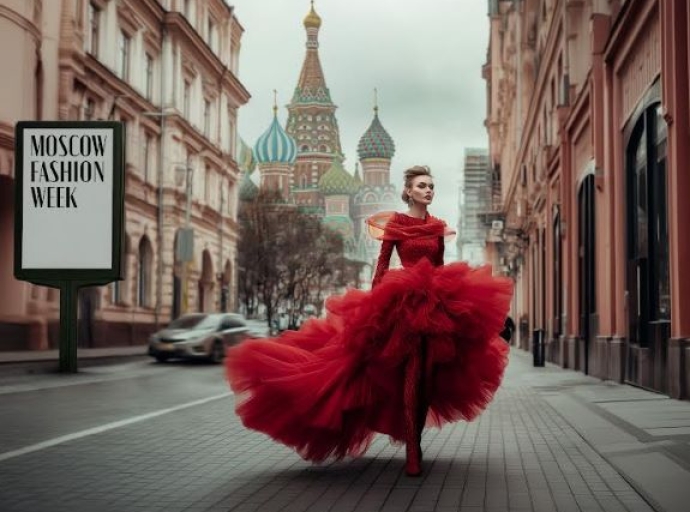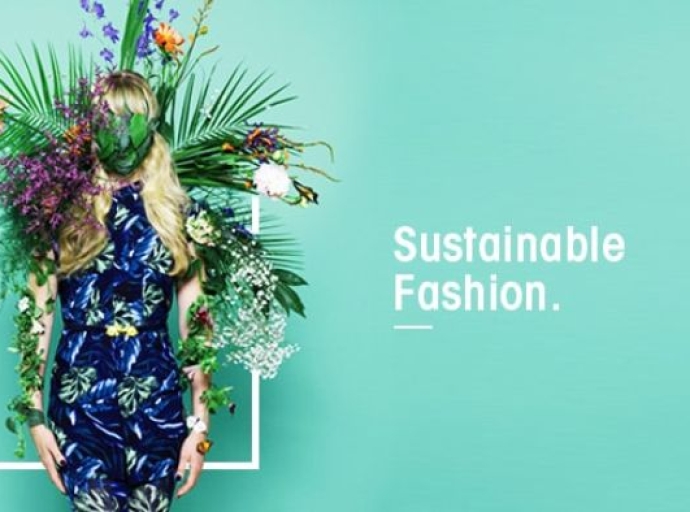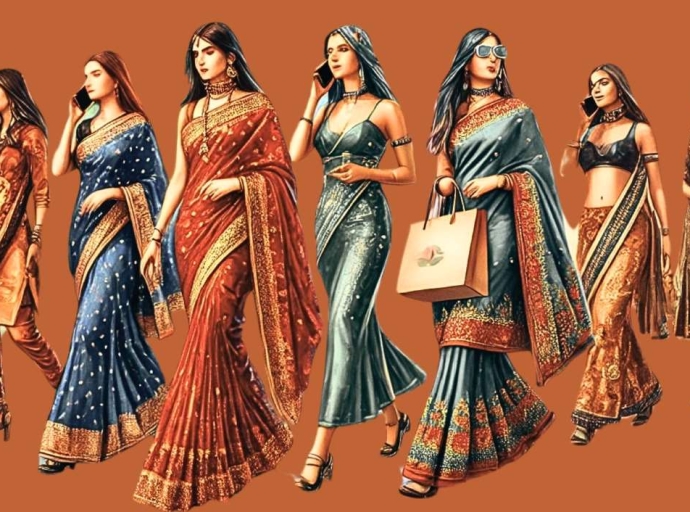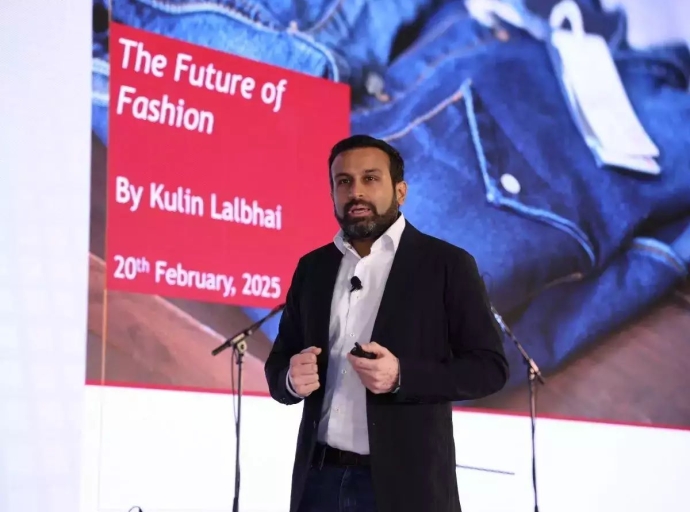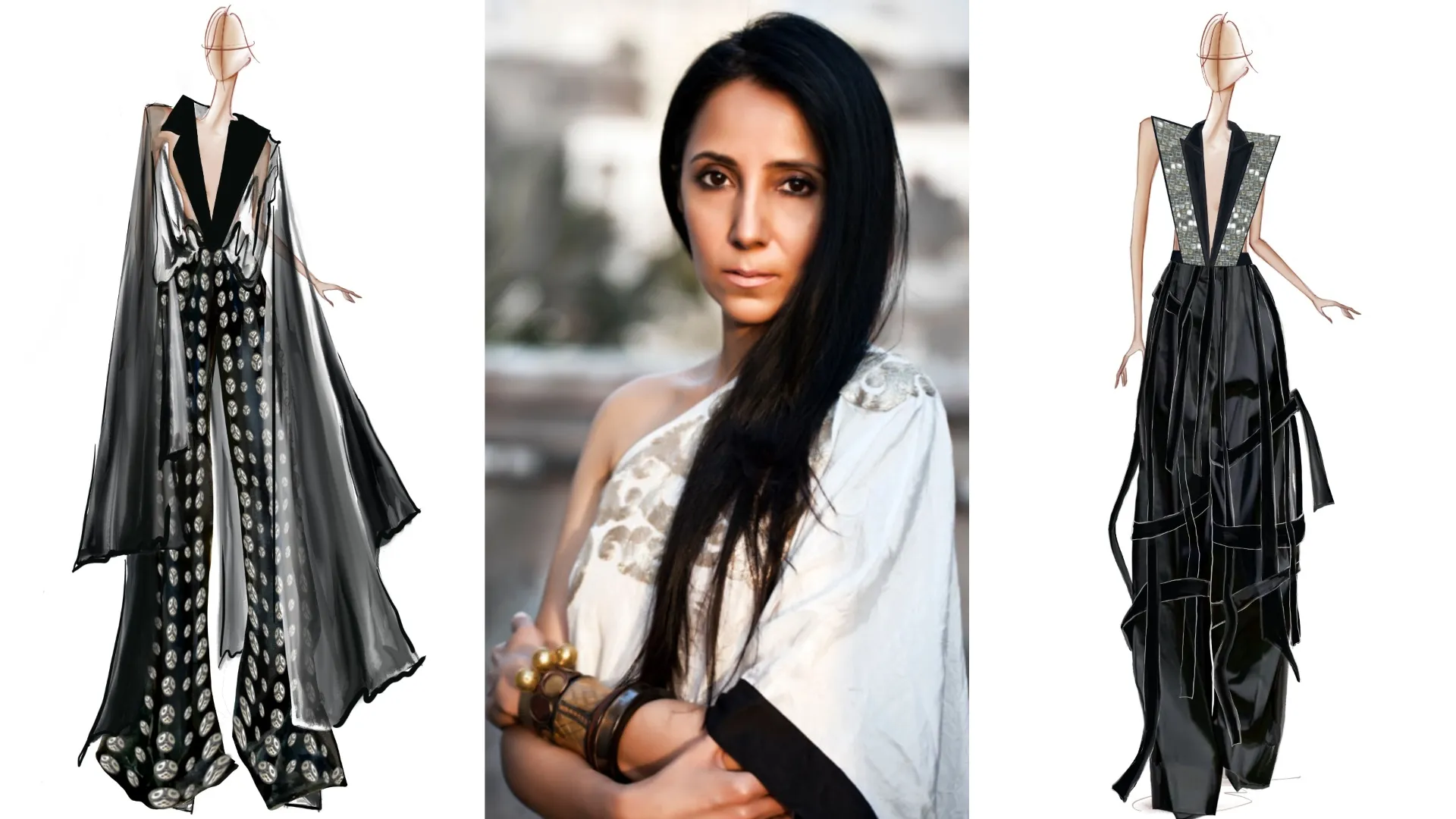A new report, ‘Navigating Volatility: Building Resilient Supply Chains in the Age of the Evolving Consumer’, paints a stark picture of the fashion industry in 2025. It highlights a market defined by rapid change, heightened consumer consciousness, and the urgent need for supply chain agility.
The report by Vector Consulting Group in partnership with NIQ (NielsenIQ), delves into the critical trends shaping the business world, with the fashion and apparel sector facing unique and formidable challenges. The message is clear: businesses must adapt or risk being left behind.
Fashion Guru
The power of the personalized and the sustainable
The report's data-driven insights reveal a shift in consumer behavior. Personalization is no longer a luxury, but an expectation. Almost 20 per cent rise in demand for tailored products and services underscores the desire for individuality, particularly within the fashion realm.
E-commerce, unsurprisingly, continues its meteoric rise. A 35 per cent increase in online sales over the past two years, with apparel leading the charge, highlights the dominance of digital retail. But consumers aren't just buying online; they're buying consciously.
Sustainability has transcended the realm of niche markets, now a primary driver for 60 per cent of shoppers. The demand for eco-friendly fabrics and ethical production practices is reshaping the very fabric of the apparel industry. The fast fashion model, once a symbol of accessibility, is now under intense scrutiny.
A 15 per cent increase in online searches for ‘sustainable clothing’ and ‘ethical fashion’ signals a profound change in consumer values. Durability and longevity are eclipsing fleeting trends, forcing brands to rethink their production and marketing strategies.
Join our community
Supply chain under strain
The analysis reveals a 40 per cent increase in supply chain disruptions, a direct consequence of geopolitical instability and climate change. This volatility disproportionately impacts the complex, globally distributed fashion supply chain.
The report advocates for a paradigm shift from ‘push’ to ‘pull’ supply chains, driven by real-time consumer demand. This transition has proven particularly effective for fashion retailers grappling with volatile trends and overstocking, resulting in a 25 per cent reduction in inventory waste.
However, the report also highlights a 30 per cent increase in lead times due to raw material shortages and shipping delays, further emphasizing the need for robust and responsive supply chains.
Leading the charge
The report highlights two compelling case studies of Myntra and No Nasties. Myntra, the leading fashion e-commerce platform, is lauded for its successful implementation of AI-powered demand forecasting and agile supply chain strategies.
By leveraging NIQ's consumer insights, Myntra optimized inventory for seasonal collections, resulting in a 15 per cent reduction in stockouts and a 10 per cent boost in customer satisfaction. The platform's adoption of virtual try-on technology also led to a 20 per cent decrease in product returns, demonstrating the power of technology in enhancing customer experience and reducing waste.
No Nasties, the Indian sustainable fashion brand, is featured for its commitment to organic cotton sourcing and transparent supply chain practices. By partnering local suppliers and investing in renewable energy (RE), the brand achieved a 30 per cent reduction in carbon emissions while enhancing its market appeal among eco-conscious consumers. The implementation of blockchain technology to trace fabric origins further bolstered transparency and consumer trust.
Join our group
A roadmap for success
The report offers a clear roadmap for businesses navigating the dynamic landscape of 2025:
- Invest in AI-powered demand forecasting and virtual try-on technologies: Enhance supply chain agility and customer experience.
- Adopt sustainable and ethical sourcing practices: Align with the rising demand for environmentally responsible products.
- Leverage real-time consumer data: Optimize operations and mitigate supply chain risks.
- Implement omnichannel strategies: Seamlessly integrate online and in-store shopping to meet evolving consumer preferences.
‘Navigating Volatility’ serves as a crucial guide for businesses, particularly in the fashion and apparel sector, striving to thrive in the complex and ever-changing marketplace of 2025. By embracing innovation, prioritizing sustainability, and understanding the evolving consumer, brands can not only survive but flourish in the years to come.
Visit for more

